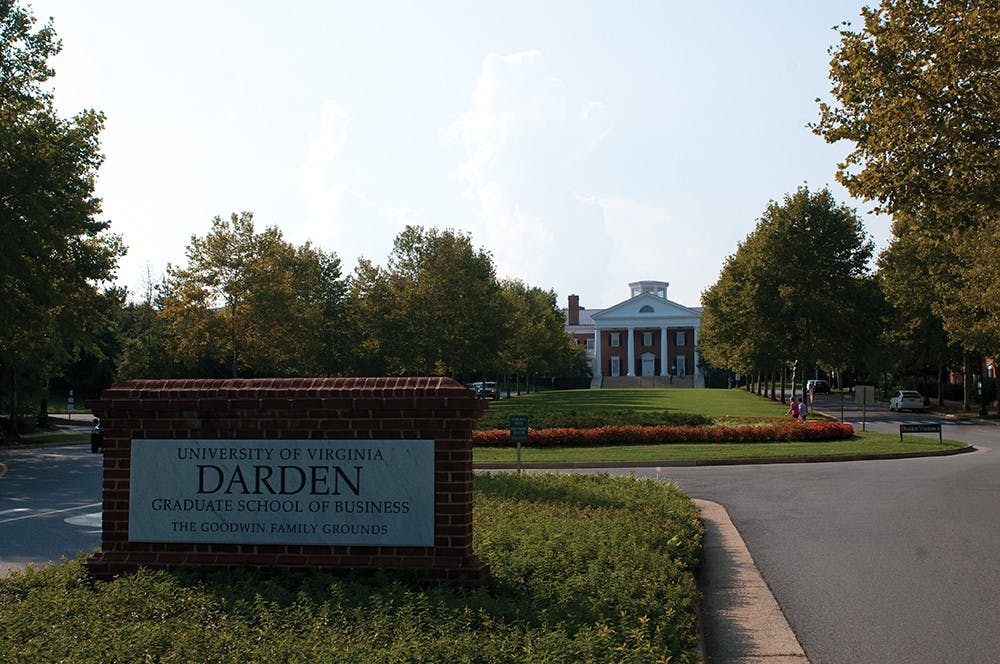A new report from the Council of Graduate Schools said in 2013 there was a 30 percent increase in admissions offers to Indian students to graduate schools in the United States, while there was a decrease in offers to Chinese students.
The recently released “Findings from the 2013 CGS International Graduate Admissions Survey” was based off a survey population of 507 United States colleges and universities, which were members of the council as of September 2013.
International students constitute about 15 percent of all graduate students in the United States, according to the report.
Enrollment of students from China in American graduate schools decreased by 5 percent, ending three successive years of double-digit growth in the demographic.
The council findings were somewhat different than the University’s demographics, said Phillip Trella, the assistant vice president for graduate studies.
Trella said the University has seen a steady increase of Chinese graduate students from 8 percent in 2012 to 10 percent in 2013. Trella attributed the constant growth to the University’s recruitment efforts in China.
“The bottom line for China is relative stability,” he said. “We’ve become much more active in thinking globally at U.Va. … [and] the University is opening a new office in Shanghai.”
Trella said the University saw the biggest international enrollment increases in business programs and, to a lesser extent, engineering programs. He said enrollment in physical and earth sciences programs remained relatively stable.
“Darden has doubled the amount of time they’re spending in China, and they spend a lot of time cultivating relationships with alumni there,” he said.
Pamela Norris, the associate dean for research and graduate programs at the School of Engineering and Applied Science, said she did not see any major trends in her school’s international applications.
“Our fluctuations vary so much from year to year from applicants for each of these countries,” she said.
Norris said that in contrast to the council’s findings, the Engineering School saw a significant increase in admitted students from China, and about a 10 percent decrease in student applications from India.
“When you see an increase [in applicants] from one country, often that means faculty have established research collaboration in that country,” she said.






